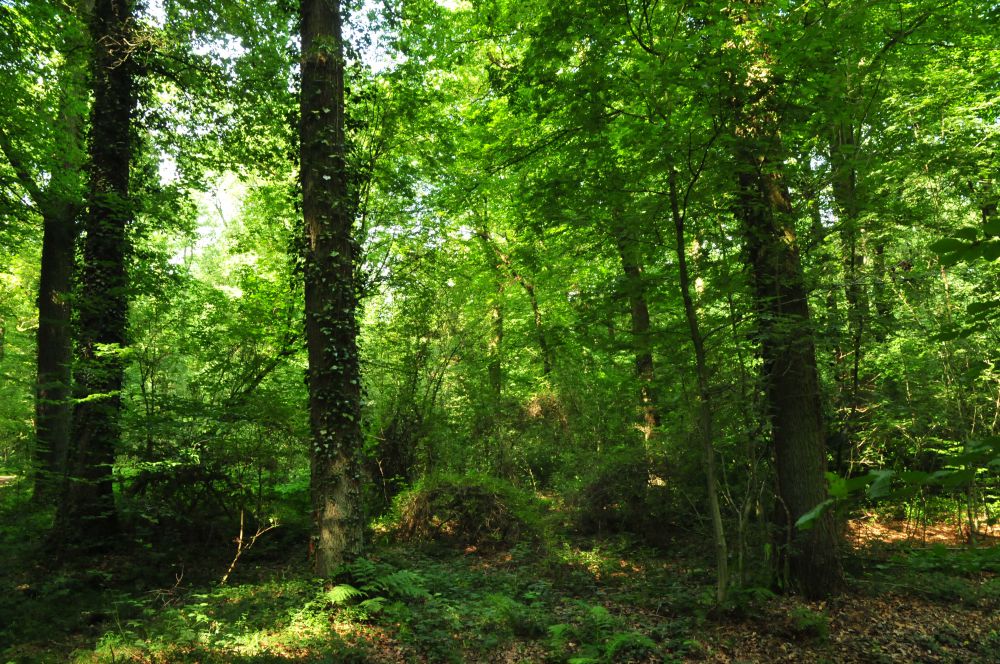Wilderness Forests in NRW
The beech and oak forests of the lowlands and the beech forests of the uplands place a high burden of responsibility on North-Rhine-Westphalia in terms of preserving the World Natural Heritage of European Primeval Beech Forests. And the federal state soon realised that wilderness forests are instrumental in fulfilling these obligations and in securing biological diversity. As a result, the Eifel National Park was established in 2004, which is one of 16 national parks in Germany today. Here, trees can naturally mature and perish on an area covering 5,000 hectares. Maturing and decomposing revive the cycle of growth and decay. Forest reserves act as additional seeds and stepping stones for the fauna of the wilderness. For more than 40 years, all economic activities have been banished in these forests that cover an area of 1,575 hectares. About 100 Wilderness Development Areas consisting of 300 individual areas with almost 8,000 hectares of primeval deciduous woods all contribute to the emerging wilderness in North Rhine Westphalia. They all are protected as nature reserves under Art. 40 of the Federal State's Act on Nature Conversation, which entered into force in 2016.

Awaiting Wilderness
The Dämmerwald is an unfragmented forest covering an area of 1,450 hectares located near the municipality Schermbeck, in the Hohe Mark Westmünsterland National Park. Mixed acidophilous forests of oaks and beeches that are influenced by the Atlantic climate grow on stagnosol …